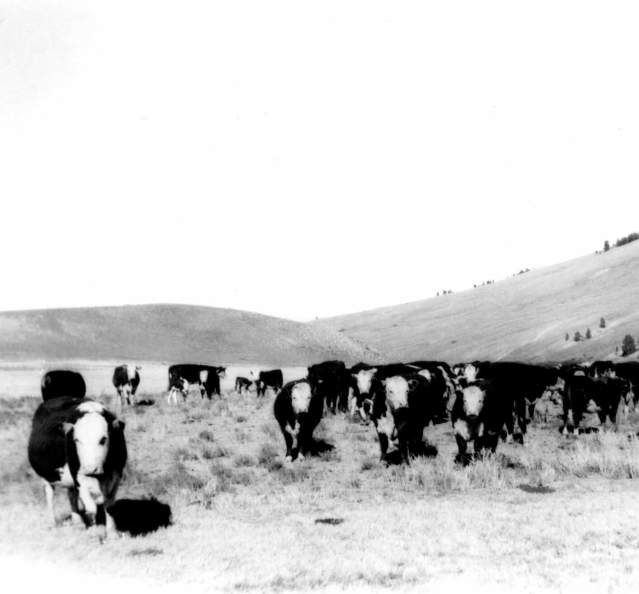Native Americans
THE PRE-HISTORIC ERA
The first seasonal inhabitants were most likely located in the Granby-Grand Lake area between 900 and 1300 AD as determined by excavation conducted in 1948 by the Smithsonian Institution prior to flooding for the Granby Reservoir. To this day, no determination has been made regarding which tribe these natives may have belonged as evidence of their existence comprised of only a few teepee rings and fire pits.
THE MODERN NATIVE AMERICANS
Middle Park was a prime summer hunting ground for several modern day Native American tribes. The Cheyenne and Arapaho peoples frequently crossed the divide from the eastern plains to hunt an abundance of buffalo, elk, deer, and antelope in the area. Ute tribes predominantly summered here on a regular basis before the white man’s appearance in the mid 1800s.
FOLKLORE
Grand lake is heavily shrouded in Native American folklore. The most well known legend tells the tale about an attack on the local Ute tribes by an Arapaho/Cheyenne war party. The Utes were living along the shores of Grand Lake when the war party somehow snuck past Ute lookout stations and engaged the main body of Ute warriors. The women and children were put on a raft and cast into the lake for safety while the battle raged. During the battle a mysterious and curiously strong wind began to raise monstrous waves on the lake capsizing the raft, all aboard drowned. The Utes lost the initial battle. One warrior escaped. After gathering reinforcements the Ute warrior tracked down their aggressors and defeated them. In 1867 Judge Joseph L. Wescott, the first white settler of the Grand Lake area, arrived at the lake and encountered a Native American camping there who told him the story of the battle. Wescott, with the aid of a Kentuckian named John Barbee recorded the story in a poem entitled “The Legend of Grand Lake”.
Excerpt from the poem entitled “The Legend of Grand Lake”
by Judge Joseph L. Wescott
With rapid pace I quickly hied,
Upon a beetling rock I stood,
Gazing upon the angry flood.
Between dark clouds the moon shone out,
Throwing its silvery light about.
The wind still blew with a sullen roar,
The angry waves still lashed the shore.
Far, far away I soon espied
The raft upon the angry tide,
Each moment some high angry wave,
Carried a victim to the grave,
I saw a giant wave arise,
Whose chest towered toward the skies,
Went thundering on upon its way
Like angry wolves in search of prey.
And nearer, still nearer it came,
In pursuit of its human game.
The doomed ones saw that their hour was nigh
And in the deep they soon must lie.
The wave came down with a thundering sound
A cloud of spray was strewn around.
I heard a wail of fell despair,
Borne on upon the midnight air
Ah! what a sight now met my view-
The raft that bore that precious crew,
Was scattered in fragments far and wide-
Tossing upon the angry tide.
O’erwhelmed with sorrow, grief and woe-
To leave this world I long to go,
To join my friends in a land afar,
In their bright homes, some twinkling star!
But the Great Spirit wills it so
That I must tarry here below
To be a scourge to all our foes.
To this day the lake is considered “bad medicine” by the Utes. As the legend goes, once the lake has frozen over for winter, visitors can still hear the urgent cries of the women and children beneath the ice.
Interestingly, the Arapaho gave the lake the name Holy Lake or Spirit Lake: batan-naache. One year in December the lake began to freeze and the nights were so cold that the ice was thick enough to support a large herd of buffalo. Snow covered the ice except at the very center of the lake which remained open. Tracks of many buffalo were visible in the snow. The Arapaho witnessed the tracks of one particular buffalo much larger than the others that appeared to come from the open water onto the snowy ice and then return back into the water. The Arapaho believed this to be a supernatural buffalo that lives in the lake and thus originated the “Legend of the Buffalo”.




